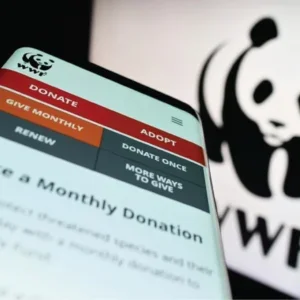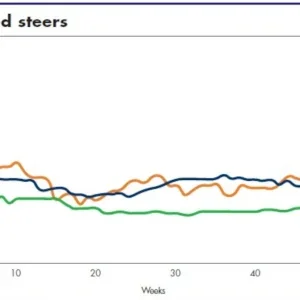In November of this year, Blacksmith Institute – an international not-for-profit organization dedicated to cleaning up polluted sites – released a report identifying chromium pollution from tanneries as one of the world’s top ten worst pollution problems. An industry group of leather manufactures quickly criticised the report’s assertions. See the full report at www.worstpolluted.org.
According to the Blacksmith Institute the list of the Top Ten Worst Toxic Pollution Problems is based on data collected from over 2,000 on-site assessments of toxic hotspots around the world. Blacksmith Institute have over ten years of experience identifying, assessing and cleaning up sites where toxic pollution affects human health, including cleanup projects at tanneries where toxic hexavalent chromium brought illness and disability to the local community.
In their press release, the IULTCS criticised Blacksmith Institute’s claims about the impacts of tanneries as ‘sensationalist and not appropriate.’ The Union’s primary assertion was that tanneries use non-toxic trivalent chromium in the tanning process, not toxic hexavalent chromium. Blacksmith Institute is fully aware and acknowledges this point, but it does not address the problem at hand.
Trivalent chromium is used in the tanning process to make leather more durable. Solid and liquid waste containing this non-toxic form of chromium is often discarded near tanning facilities. Unfortunately for those living near such waste, trivalent chromium ‘easily’ oxidises to become carcinogenic hexavalent chromium upon disposal.
1. In solid waste, this conversion requires just heat and oxygen. In liquid waste, the conversion takes place in the presence of other minerals.
2. Hexavalent chromium is highly soluble in water and quickly contaminates drinking water supplies, causing widespread illness.
The sites in Blacksmith’s database include poorly managed tanneries, abandoned chromium supplies manufacturers, and legacy waste dumps of chromium, all with credible soil and water sampling showing elevated levels of hexavalent chromium in pathways to human exposure.
Reference:
1. Stepniewska, Z. 2001. Chromium and its forms in soils in the proximity of a tannery waste lagoon. International Agrophysics, 15, 121-124.
2. Avudainayagam, S. 2003. Chemistry of Chromium in Soils with Emphasis on Tannery Waste Sites.
Reviews of Environmental Contamination and Toxicology, 178, 53-91.
The health effects from theses aspects of tannery waste present a reputation risk to the tanning industry as a whole, the majority of which we know to be well run.
Blacksmith Institute invites IULTCS to publicly join us in a collaborative partnership to reduce both the health impacts from tanneries and the associated damage to the industry’s reputation. Such a partnership would take advantage of IULTCS’s technical skills and industry knowledge, as well as Blacksmith’s extensive experience in evaluating and remediation polluted sites. Joining forces, we could jointly address this issue of global importance, and help the lives of millions of affected people, especially children.






